December is the start of meteorological winter in the United States, and by now cold/dry air over the country is more the rule rather than an exception. Along with the prevailing atmosphere which is less favorable, wintertime patterns tend to move fast and feature lesser available moisture content compared to what is seen during the warmer months. The end result is the bottom of the year’s tornado activity, trends that continue into January before a slow uptick starts again as early as February.
By cumulative numbers, December was the least active calendar month from 1950-2011, though for all purposes it’s on par with the month that follows. Even at its minimum, the year-long tornado season still often produces several handfuls of tornadoes, a few of which have ended up quite intense.
December Tornado Climatology (1950-2011)
Total tornadoes: 1,231 (-974 from November)
Climatological average (1991-2010): 24.2 (-33.1 from November)
10-year average (2002-2011): 35.2
10-year median (2002-2011): 29
Long-term average (1950-2011): 19.9
Monthly high: 97 (2002)
Monthly low: 0 (1963) / 1 (2003), lowest recent
Total fatalities: 154
Total injuries: 2,931
Cumulative tornado counts by day show low activity throughout December, with the vast majority of days having less than 50 total tornadoes. Days with higher numbers, like the 18th and 24th, have each seen a few outbreaks of 20-40+ tornadoes, including as recently as Christmas Eve 2009. During the current climatological period (1991-2010), less than 1/5th of December days have seen tornado touchdowns across the country. Many Decembers featured a smaller percentage than that.
Related: Average Number of Tornadoes in December by State
Texas re-takes the monthly cumulative lead after falling out of the top spot in November. Of course, it’s bolstered by that significant size advantage. As with other cold-season months, the South is where we tend to expect to see what few tornadoes occur. This can extend up into the Midwest on occasion, with much lower numbers elsewhere, and the northern tier largely shut out. California makes a rare appearance in the top 10, besting other tornado states like Oklahoma. California’s tornado season typically occurs in the winter and spring when strong winter storms and abundant cold-air aloft trigger instability across the otherwise more arid region.
Significant tornadoes, or those rated F2/EF-2+, have accounted for 31.8% of all December tornadoes. This is among the higher ratios of the year, with the “offseason” and early season often showing these types of values. Part of the higher ratio is population impact, and part of it is that December tornadoes often require dynamic systems since the atmosphere is not perma-primed as in much of spring into summer.
The deadliest tornado on record in December hit Vicksburg, Ms. on December 5, 1953. This likely rain-wrapped F5 tornado, one of three at that strength to impact the state since 1950 prior to two on April 27, 2011, killed 38 people. Tornado researchers such as Thomas Grazulis believe this tornado may have been rated too high due to its impacts largely affecting weaker structures.
U.S. Tornado Climatology by Month
All: Jan | Feb | Mar | Apr | May | Jun | Jul | Aug | Sep | Oct | Nov | Dec
Significant: Jan | Feb | Mar | Apr| May | Jun | Jul | Aug | Sep | Oct | Nov | Dec
SPC tornado data obtained at the Tornado History Project. Images can be selected for larger versions. Get updates about U.S. Tornadoes on Twitter and Facebook. Official 2012 data will be available during spring 2013.
Latest posts by Ian Livingston (see all)
- Busy March for twisters to end with another multi-day event - March 28, 2025
- Everything but locusts: NWS shines in apocalyptic weather - March 17, 2025
- Top tornado videos of 2023 - January 1, 2024
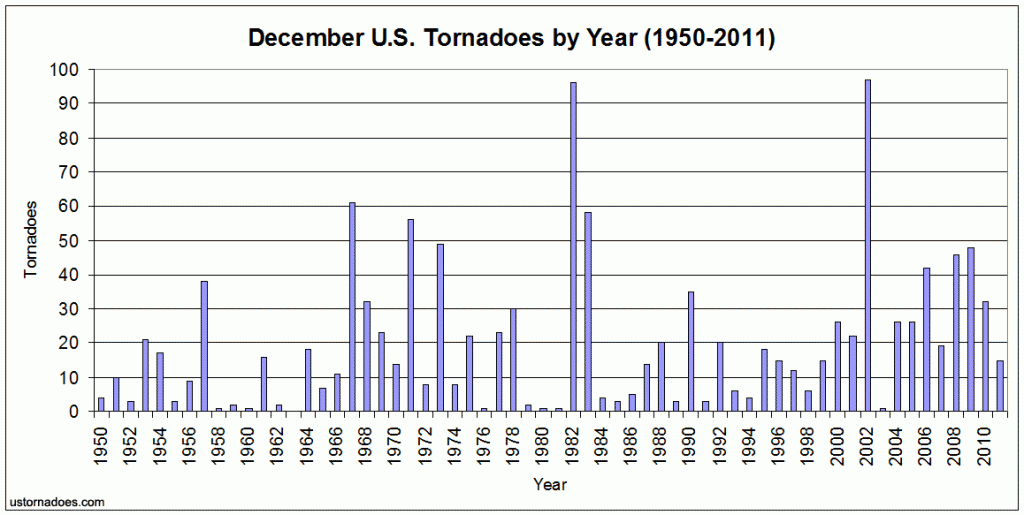
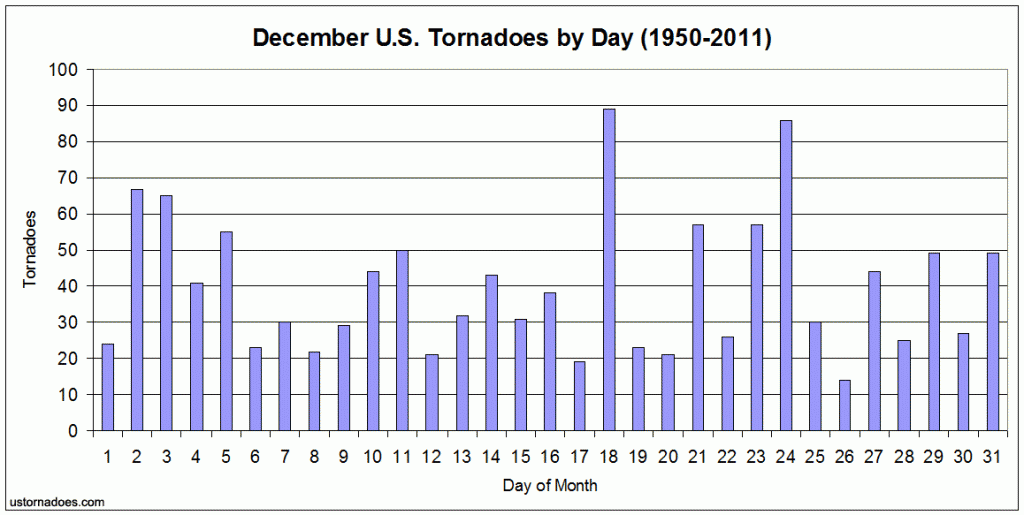
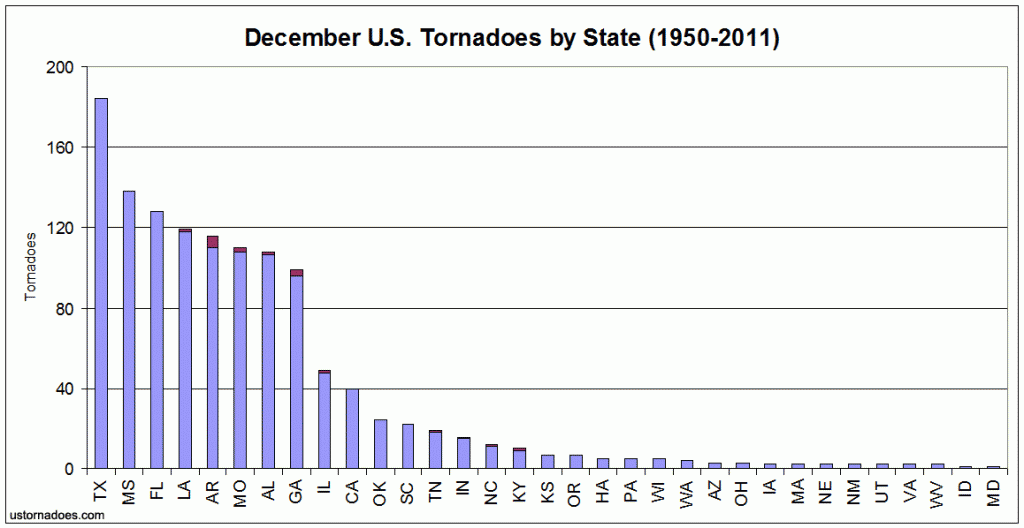
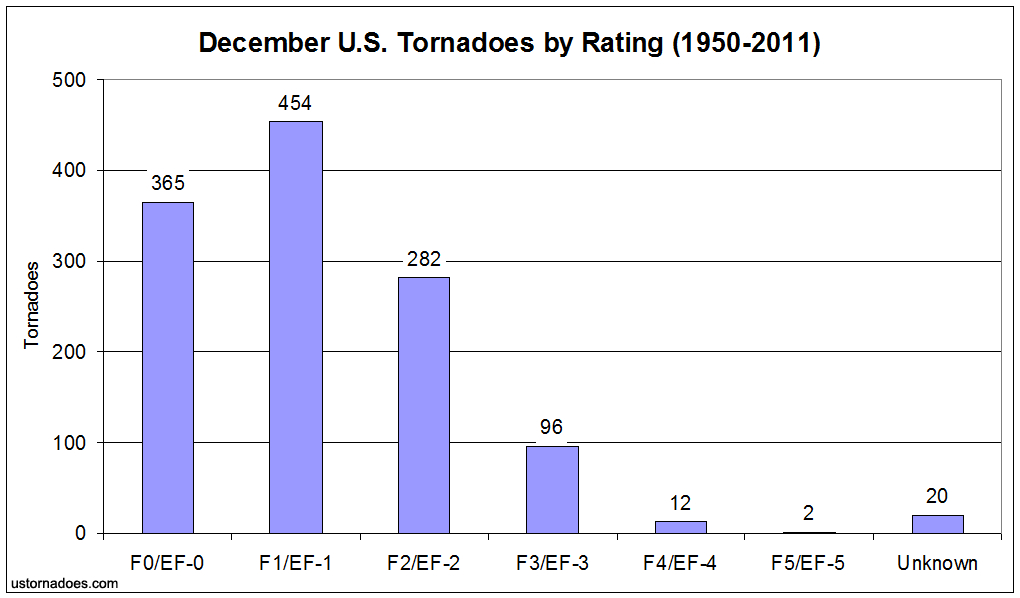
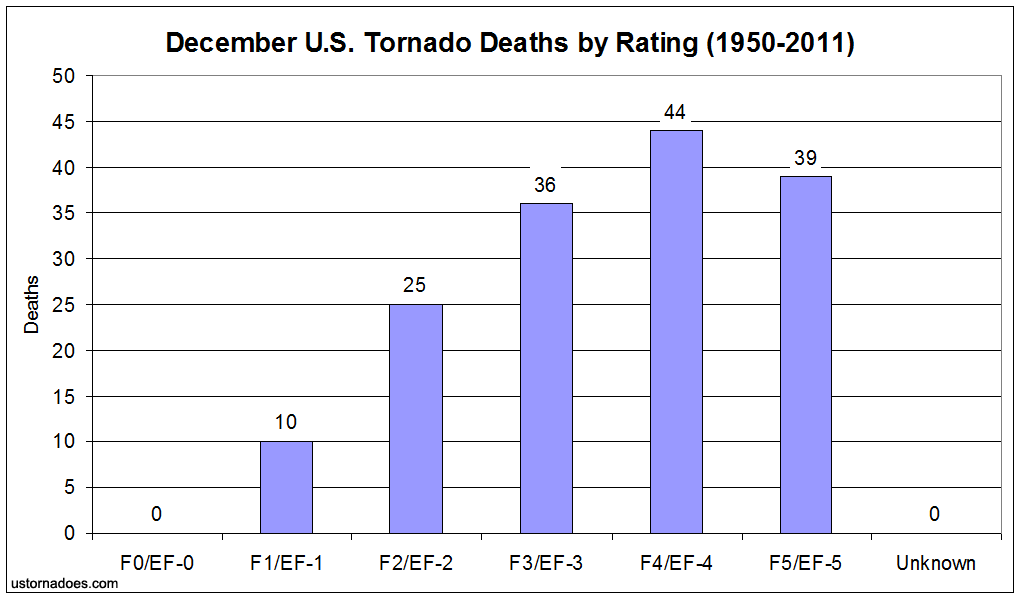
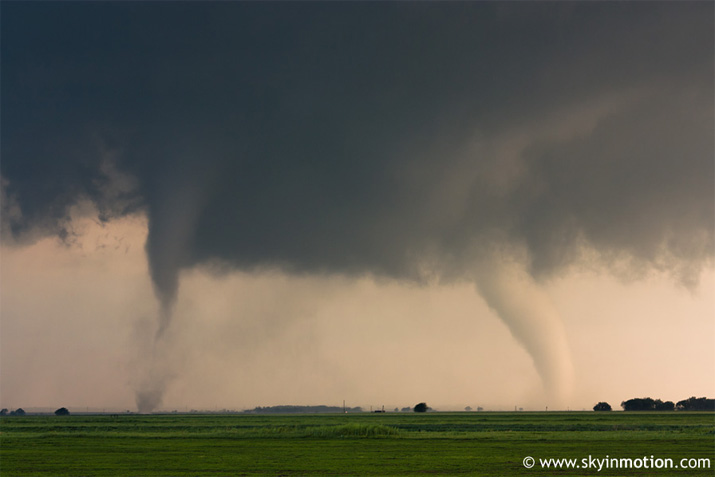
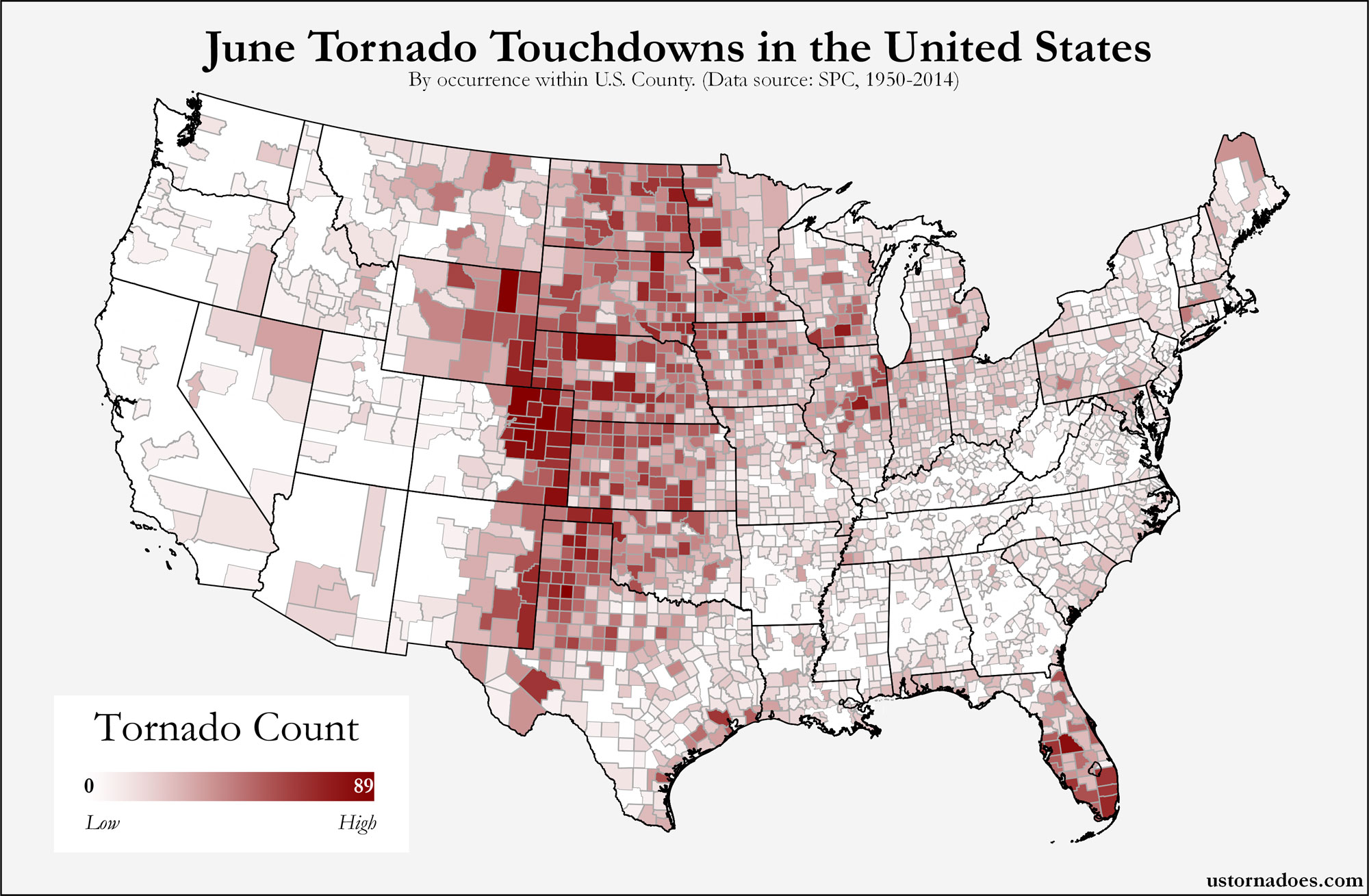
One thought on “December tornado climatology of the United States”